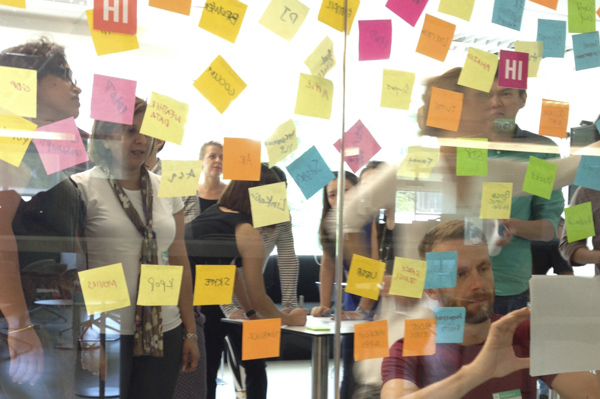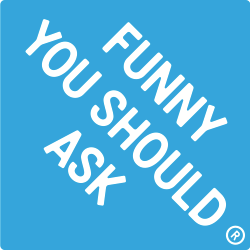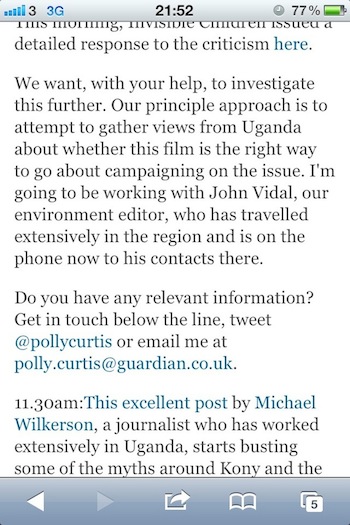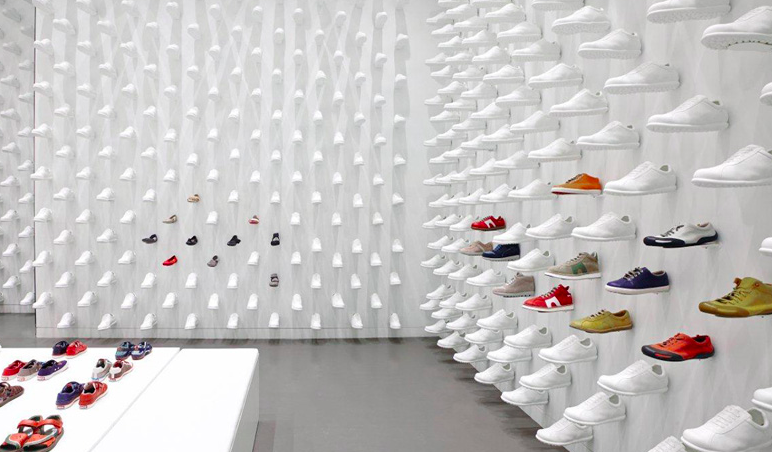
Earlier this year I was in Singapore running a 4-day lab on digital marketing. Running it as in collaborating with Hyper Island (and the wonderful Maria, who’s responsible for the Labs within Hyper Island) in tailoring the different parts of the content around which to, well, lab.
Other labs include rapid prototyping and social – both very suitable to do hands-on lab type of workshops, especially rapid prototyping of course. Our first collective challenge with this lab was actually figuring out the labs ingredient.
A laboratory (/ləˈbɒrətəri/ or /ˈlæbərətri/; informally, lab) is a facility that provides controlled conditions in which scientific or technological research,experiments, and measurement may be performed.
We were definitely in a controlled environment. For 4 full days in a large, open, area approximately 20 people with different backgrounds worked together. Representatives from Google, business consultants figuring out what to do next, community managers, account directors, digital creatives and even recruitment professionals. We were experimenting with propositions, hypotheses and opinions – all open for debate. Hypotheses around how organisations needed to, perhaps, rethink and reorganize how marketing was viewed, budgeted and executed. Very much perceptions of what has been true, but not necessarily anymore.
One key challenge we gave the participants was a hands-on assignment – a brief – from a multinational brand, very much recognized for having momentum and guts to rethink its existence and purpose. Both from a consumer product/brand point of view, but also from an organizational sustainability point of view. This assignment was evaluated by key representatives from the company (the measurement part). My role very much being that of a nudger, suggester, questioner. Without digging into the ideas – there were some really great stuff, some of it actually already in the pipeline within that organisation which says something about its commercial viability. Impressive.
A participant’s recap and reflections on the digital marketing lab
I’m not going to share anything detailed, because one of the participants has shared a quite extensive summary of the digital marketing lab. It’s one individual’s summary, and someone else might recall it differently. But what strikes me is how some of the content that I shared (Simon Kemp of We Are Social, Singapore also shared his) is obviously referred to and has thankfully been helpful. I like that.
Posting your video on YouTube does not make it Digital Storytelling. Building a story of your brand, creating an experience, a feeling, a journey (that holds together across platforms), something worth remembering – and telling others about. That’s digital storytelling
But. If I were to highlight a few key nuggets that I keep coming back to as fundamentally important, from the digital marketing lab but also from doing presentations and workshops (and everyday work) around digital strategy (challenges), they’d be a bit different and framed in another way. Which brings me to the conclusion that I probably need to get my stuff together and share it in a properly packaged and connected manner. Easy to share with more people. Easy for people who have been in workshops to access and refresh or get clarification.
So, in a while I suppose this will be a link to the first of a series of post. Which means this post about a lab participant’s post is a trailer for posts to come.



